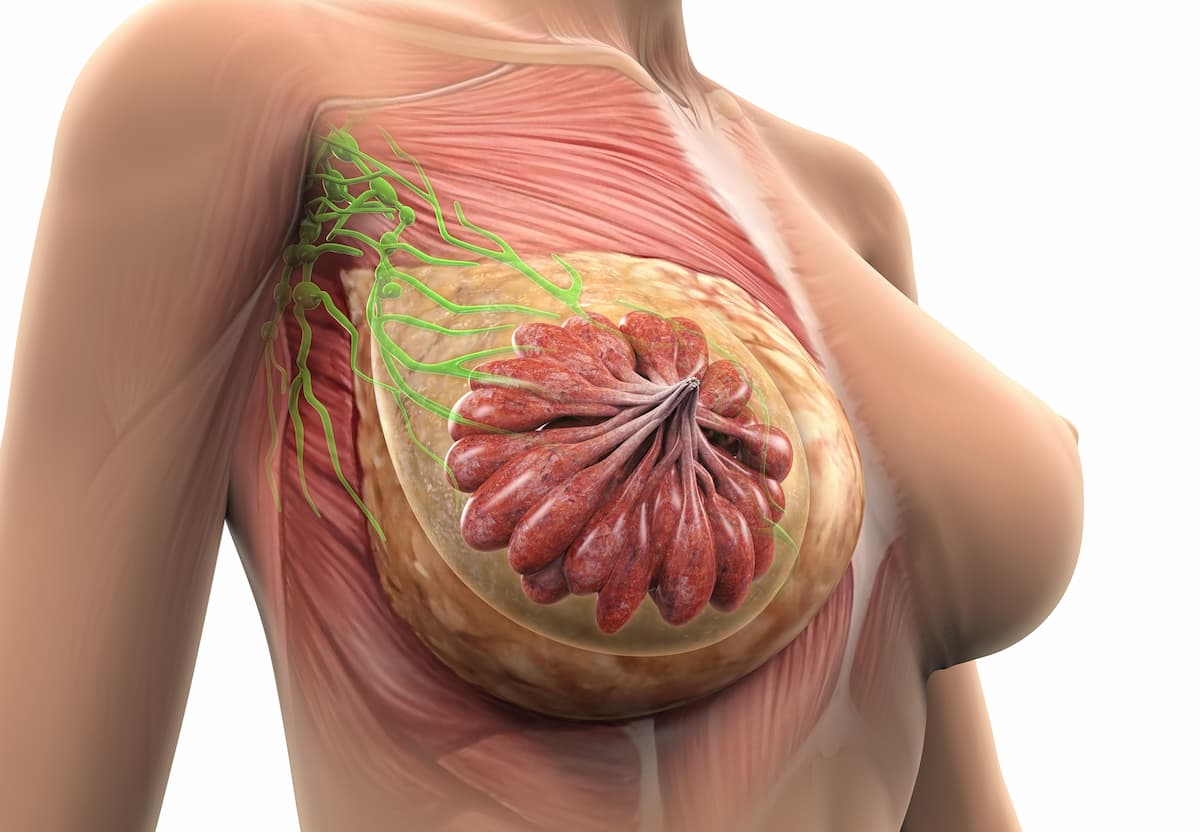T-DXd Meaningfully Improves PFS Vs Chemo in HR+, HER2-Low Breast Cancer
Findings from the phase 3 DESTINY-Breast06 trial will be presented at a future medical meeting and shared with regulatory authorities.
The safety profile of T-DXd in the DESTINY-Breast06 trial (NCT04494425) was comparable with prior reports of the agent, and investigators observed no new safety signals.

Treatment with trastuzumab deruxtecan (T-DXd; Enhertu) conferred a clinically meaningful and statistically significant progression-free survival (PFS) improvement vs standard chemotherapy among those with hormone receptor (HR)–positive, HER2-low metastatic breast cancer previously treated with at least 1 line of endocrine therapy, according to a press release on results from the phase 3 DESTINY-Breast06 trial (NCT04494425).1
T-DXd also elicited a significant PFS improvement among the overall trial population, which included patients with HER2-low and HER2-ultralow metastatic disease. Based on findings from a prespecified subgroup analysis, the clinically meaningful PFS improvement with T-DXd was comparable between those with HER2-low and HER2-ultralow disease.
Findings related to overall survival (OS) were immature at the time of the analysis. However, data highlighted an early trend towards improved OS with T-DXd compared with chemotherapy in patients with HER2-low metastatic breast cancer and among those in the overall trial population. Investigators will continue their assessment of OS and other secondary end points.
The safety profile of T-DXd in the DESTINY-Breast06 trial was comparable with prior reports of the agent, and investigators observed no new safety signals. Investigators will present data from the trial at a future medical meeting and share their findings with regulatory health authorities worldwide.
“DESTINY-Breast06 shows that [T-DXd] could become a new standard of care for patients with HER2-low and HER2-ultralow metastatic breast cancer following 1 or more lines of endocrine therapy,” Susan Galbraith, executive vice president of Oncology Research & Development at AstraZeneca, said in the press release.1 “These data underscore the potential for treatment with [T-DXd] across the spectrum of HR-positive breast cancer, further redefining the treatment of metastatic breast cancer.”
In the international, open-label, randomized phase 3 DESTINY-Breast06 trial, 866 patients were assigned to receive T-DXd at 5.4 mg/kg or investigator’s choice of chemotherapy with capecitabine, paclitaxel, or nab-paclitaxel. The trial population included those with HER2-low disease (n = 713), defined as having immunohistochemistry (IHC) 1+ or 2+/in situ hybridization (ISH)–negative, as well as those with HER2-ultralow disease (n = 153), defined as having IHC 0 with membrane staining or IHC of more than 0 but less than 1+.
The trial’s primary end point was PFS per blinded independent central review (BICR) in patients with HR-positive, HER2-low disease. Key secondary end points included OS in those with HER2-low expression and PFS by BICR and OS among those with HER2-low and HER2-ultralow disease. Additionally, the trial is evaluating secondary end points such as objective response rate, duration of response, time to first subsequent treatment or death, and safety.
Patients 18 years and older with pathologically documented advanced or metastatic, HER2-low or HER2-negative, HR-positive breast cancer were able to enroll on the trial.2 Additional eligibility criteria included having no prior chemotherapy for advanced or metastatic disease, adequate tumor samples for HER2 status evaluation, and adequate organ and bone marrow function.
Those who had lung-specific intercurrent clinically significant illnesses, uncontrolled or significant cardiovascular disease or infection, or prior documented interstitial lung disease or pneumonitis requiring management with steroids were ineligible for enrollment. Patients were also unsuitable for enrollment if they had spinal cord compression or clinically active central nervous system metastases.
“The topline results from DESTINY-Breast06 highlight the importance of continuing to challenge current treatment paradigms and established breast cancer classifications to evolve how we treat patients with HR-positive, HER2-expressing metastatic breast cancer,” Ken Takeshita, global head of Research & Development at Daiichi Sankyo, concluded.1
References
- Enhertu demonstrated statistically significant and clinically meaningful improvement in progression-free survival in HR-positive, HER2-low metastatic breast cancer following one or more lines of endocrine therapy in DESTINY-Breast06 Phase III trial. News release. AstraZeneca. April 29, 2024. Accessed April 29, 2024. https://tinyurl.com/mshmr4jv
- Study of trastuzumab deruxtecan (T-DXd) vs investigator's choice chemotherapy in HER2-low, hormone receptor positive, metastatic breast cancer (DB-06). ClinicalTrials.gov. Accessed April 29, 2024. https://tinyurl.com/2j547rr8
Gedatolisib Combo With/Without Palbociclib May Be New SOC in PIK3CA Wild-Type Breast Cancer
December 21st 2025“VIKTORIA-1 is the first study to demonstrate a statistically significant and clinically meaningful improvement in PFS with PAM inhibition in patients with PIK3CA wild-type disease, all of whom received prior CDK4/6 inhibition,” said Barbara Pistilli, MD.